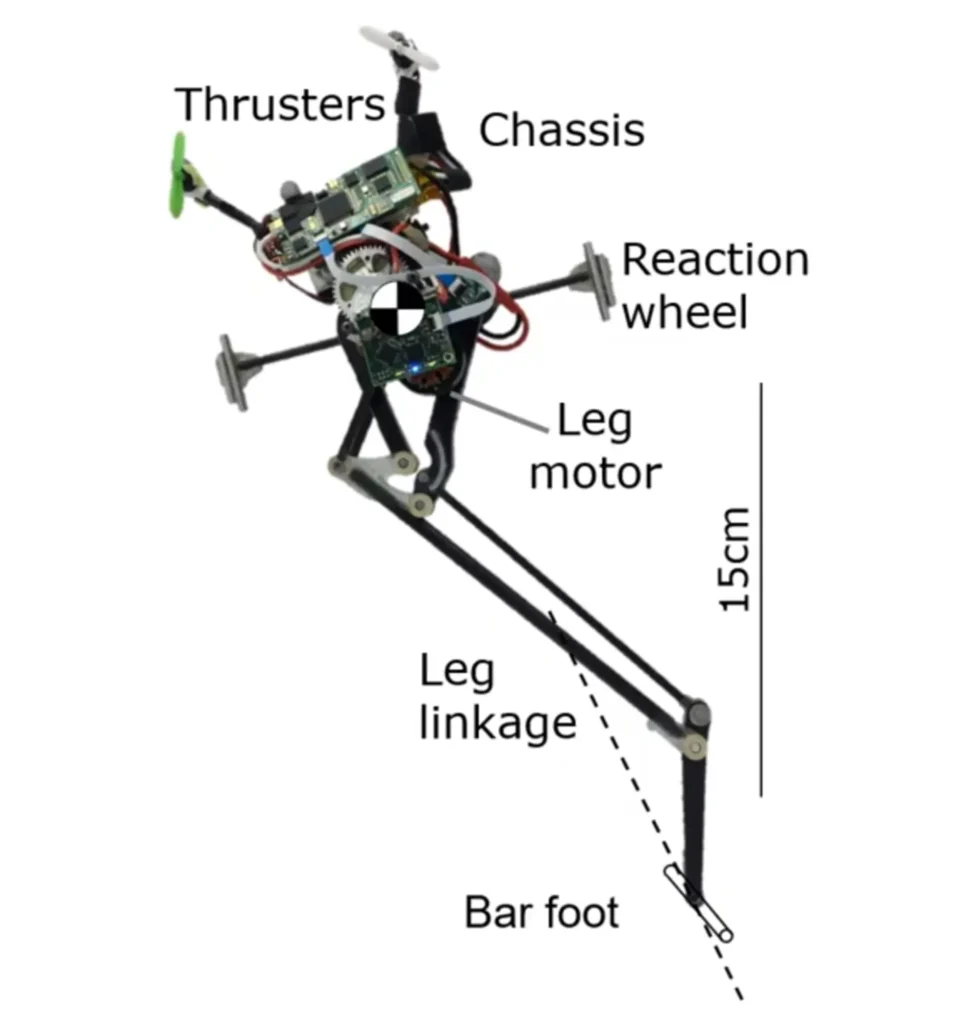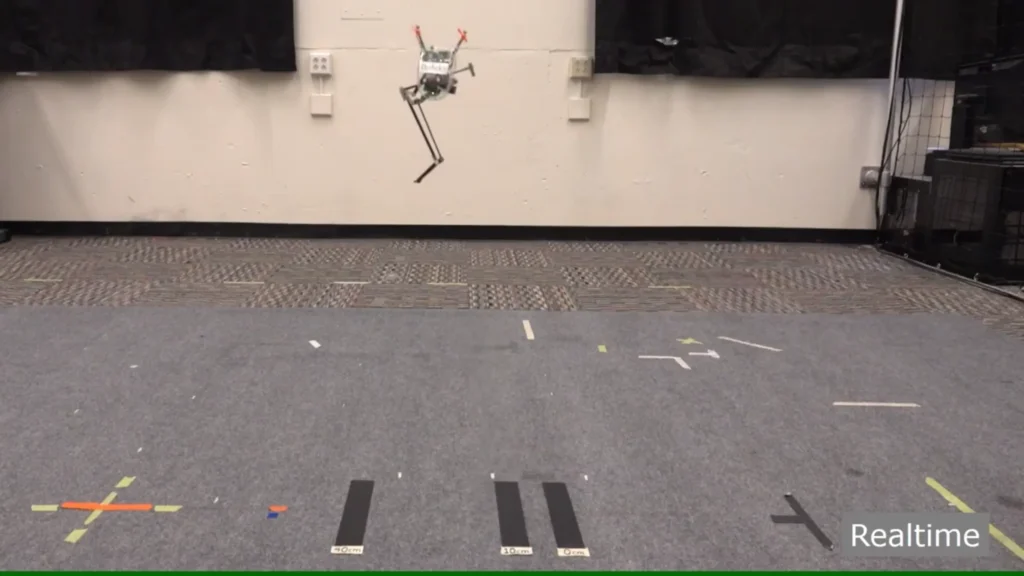From Superinnovators 07/11/23. This article is in TLDR (Too Long Didn’t Read) format which is popular in the innovation community and provides a bullet summary of information.
- Leap into innovation: Salto is a nimble robotic innovation from UC Berkeley’s Biomimetic Millisystems Lab, designed to master complex terrains with its remarkable jumping ability.
- Creators with vision: This robot is a leap forward in search-and-rescue technology, capable of navigating obstacles with the agility of a hopping bush baby. The first version was developed in 2016.
- How Salto springs into action: Salto’s single, powerful leg mimics the galago’s muscular mechanics, enabling it to perform a series of rapid, high jumps. This design allows it to traverse challenging environments that would hinder traditional robots.
- A timeline of progress: The Biomimetic Millisystems Lab, established in 1982, unveiled an enhanced Salto in 2019 taking it from a laboratory experiment to a field-ready assistant.
- Solving the inaccessible: The challenge Salto addresses is the need for agile and small-scale robots that can reach areas inaccessible or dangerous for humans, particularly in disaster-stricken zones. Its ability to leap into tight spaces and over debris makes it an invaluable tool for search-and-rescue missions.
- Benefits by the numbers: Salto’s precision landing technology has significantly improved its jumping accuracy, now landing within the radius of a small coin, and it can vault over three times its height. These capabilities could drastically improve the efficiency and safety of navigating through hazardous terrains.
- The road ahead for Salto: The future plans for Salto include enhancing its autonomy and expanding its application beyond search-and-rescue to other areas requiring agile robotic intervention. The team at UC Berkeley continues to explore the potential for Salto to interact with its environment more effectively, such as grasping and perching.






